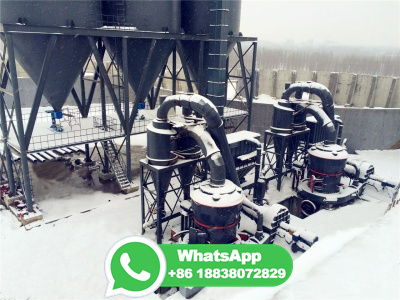Carbonization and coking of coal (Chapter 23) Chemistry of Fossil ...
Carbonization, more narrowly defined, refers to conversion of a starting material into carbon, or a carbonrich solid. It is entirely possible, and indeed often done, to pyrolyze a hydrocarbon feedstock for the purpose of carbonization, but carbonization is not simply pyrolysis by another name.


































